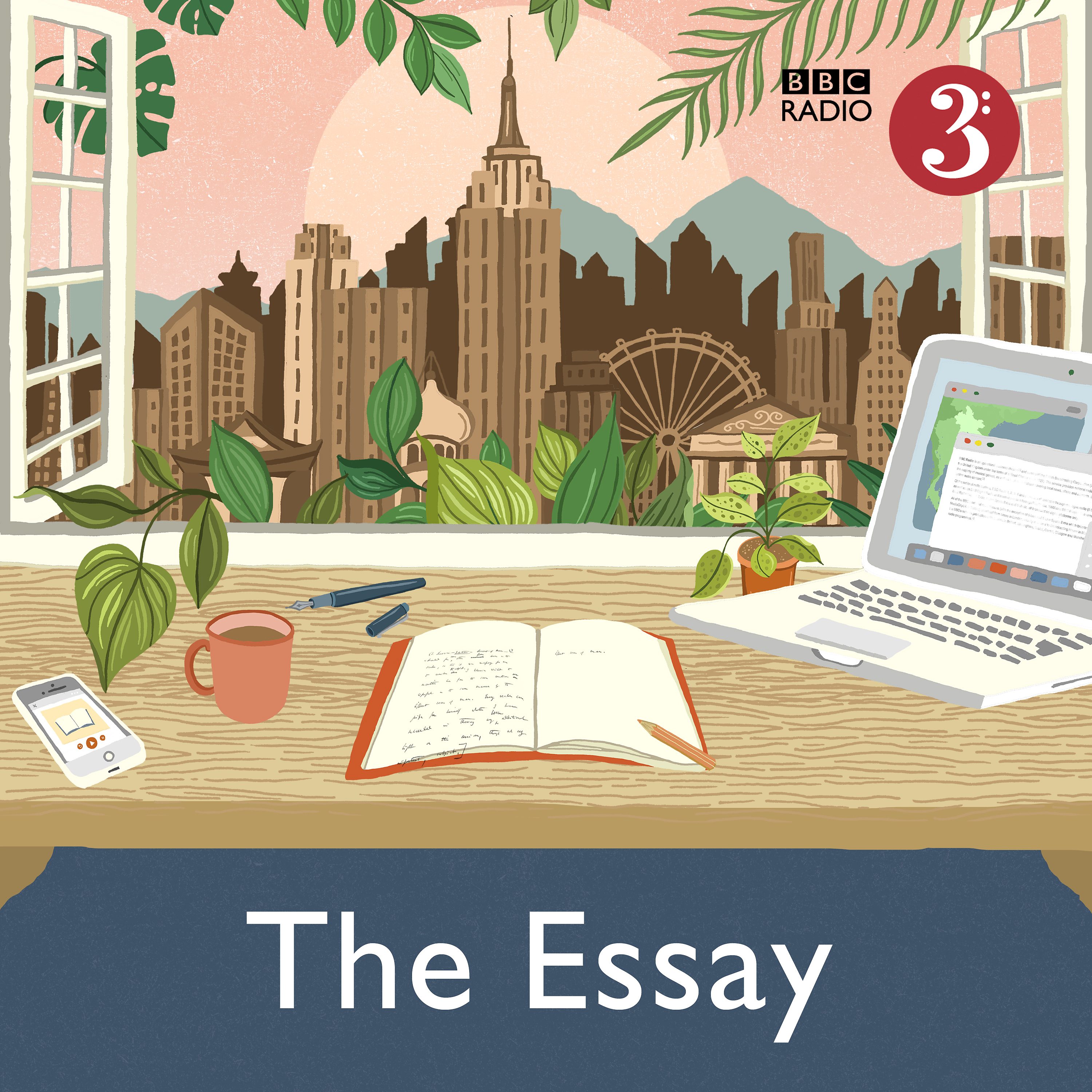- Culture
- SEE MORE
- classical
- general
- talk
- News
- Family
- Bürgerfunk
- pop
- Islam
- soul
- jazz
- Comedy
- humor
- wissenschaft
- opera
- baroque
- gesellschaft
- theater
- Local
- alternative
- electro
- rock
- rap
- lifestyle
- Music
- como
- RNE
- ballads
- greek
- Buddhism
- deportes
- christian
- Technology
- piano
- djs
- Dance
- dutch
- flamenco
- social
- hope
- christian rock
- academia
- afrique
- Business
- musique
- ελληνική-μουσική
- religion
- World radio
- Zarzuela
- travel
- World
- NFL
- media
- Art
- public
- Sports
- Gospel
- st.
- baptist
- Leisure
- Kids & Family
- musical
- club
- Health & Fitness
- True Crime
- Fiction
- children
- Society & Culture
- TV & Film
- gold
- kunst
- música
- gay
- Natural
- a
- francais
- bach
- economics
- kultur
- evangelical
- tech
- Opinion
- Government
- gaming
- College
- technik
- History
- Jesus
- Health
- movies
- radio
- services
- Church
- podcast
- Education
- international
- Transportation
- Other
- kids
- podcasts
- philadelphia
- Noticias
- love
- sport
- Salud
- film
- and
- 4chan
- Disco
- Stories
- fashion
- Arts
- interviews
- hardstyle
- entertainment
- humour
- medieval
- literature
- alma
- Cultura
- video
- TV
- Science
- en
Actors

b"
In 1945, when World War II finally ended and while Europe's artistic centres smouldered, in New York City an artistic renaissance, in music, painting, theatre, and literature, burst forth out of the city\\u2019s bohemia.
Most of this work was generated in a single neighbourhood of Manhattan: Greenwich Village.
World War II in America was a time of national unity, a singleness of purpose where non-conformity had no place in military or civilian life. Yet somehow as soon as the war ended, a full-blown non-conformist bohemia exploded in New York. Membership of this bohemia, for men at least, was signified by wearing an undergarment \\u2013 the T-shirt \\u2013 in public. Today that means nothing. In 1945, in a society that was still mobilized with military single-mindedness, it was shocking.
In this series for The Essay, Michael Goldfarb explores the how and why of this extraordinary eruption through the stories of some of T-shirt Bohemia's key figures: Marlon Brando, Jackson Pollock, James Baldwin, Charlie Parker and Jack Kerouac.
In this episode, he focuses on Marlon Brando and Stanley Kowalski whose T-shirts were designed by Lucinda Ballard, for the original production of Streetcar Named Desire.
"